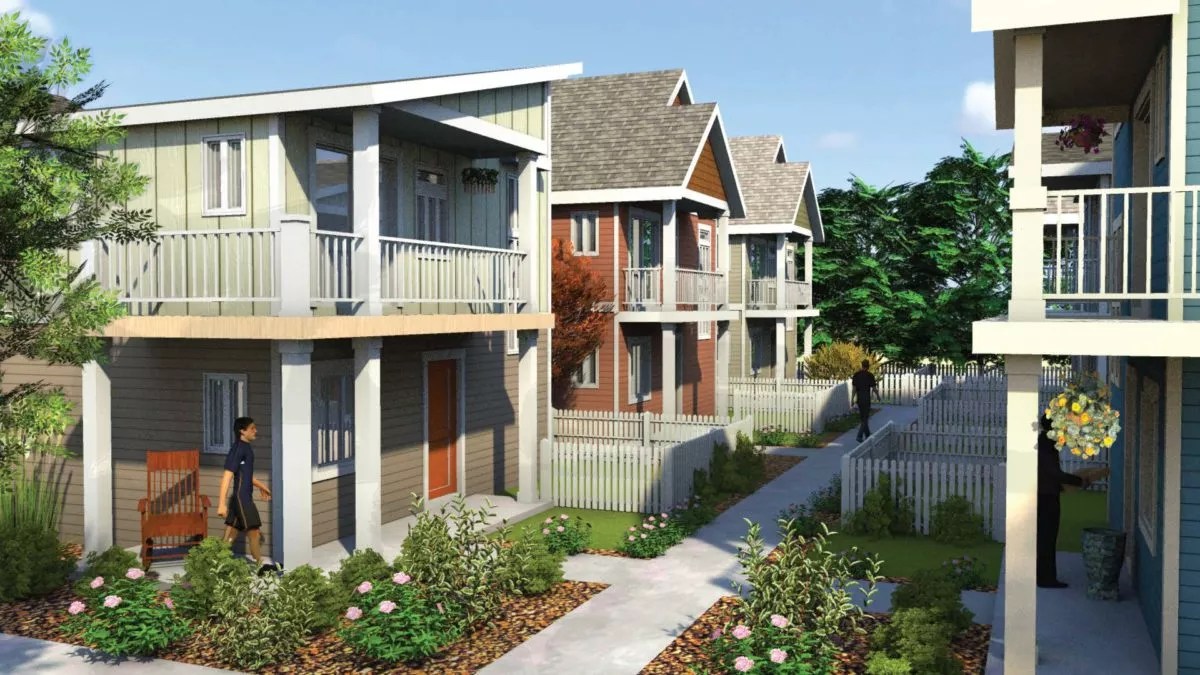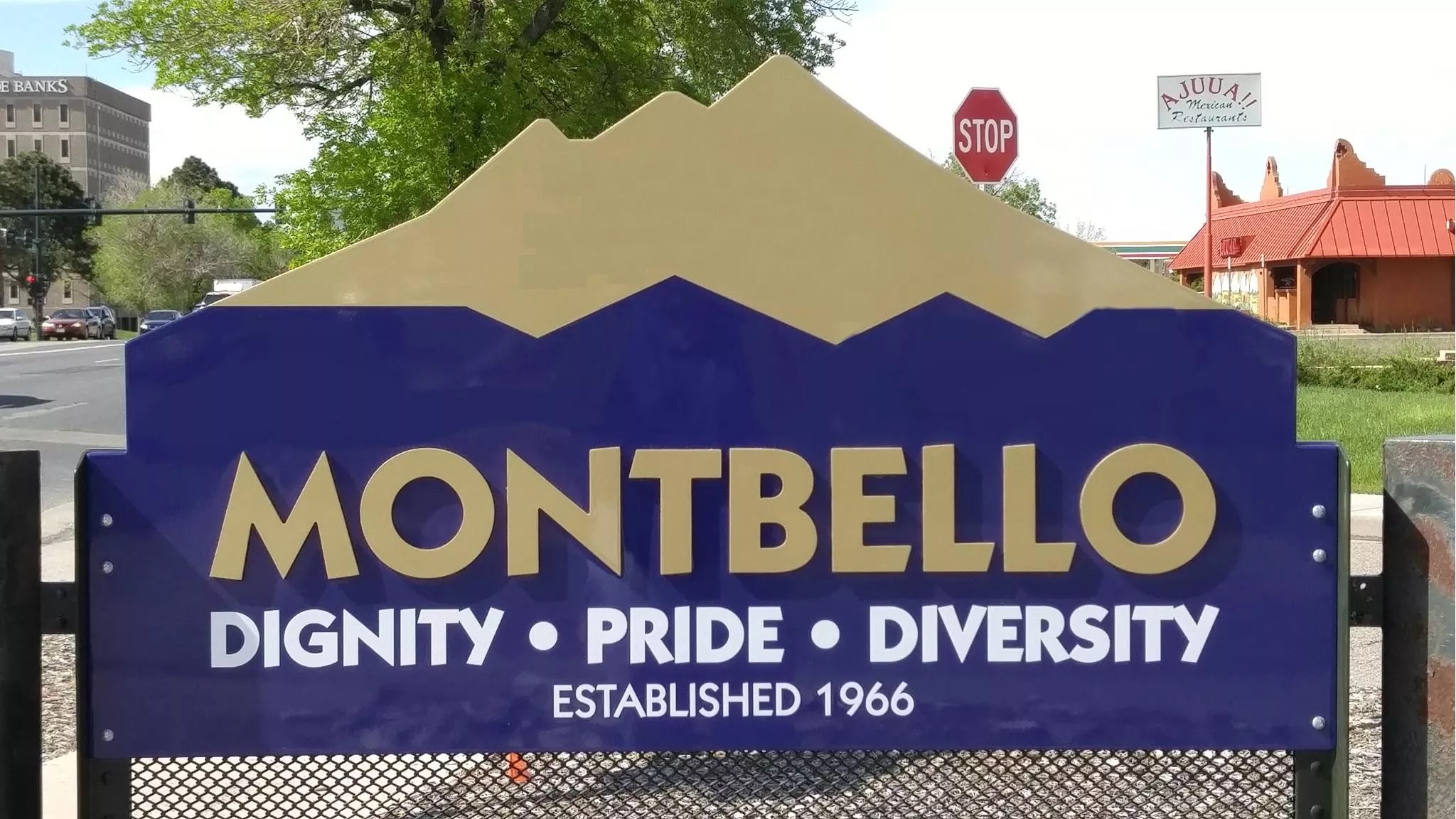
oakwoodhomesco.com

Audio By Carbonatix
Ten years after Denver began implementing a new zoning code, over 20 percent of the city still falls under zoning guidelines dating back to the 1950s.
But while few people outside of city officials and developers have given much thought to this phenomenon over the past decade, it’s recently become an issue, since a proposed zoning overhaul for group-living settings would exempt parts of Denver still zoned under the old code, known as Chapter 59.
“Even though I support tenets of the amendments, it’s very difficult for me to vote on something that wouldn’t equally affect every one of my constituents,” says Councilwoman Stacie Gilmore, whose district includes Montbello and Green Valley Ranch. The latter, a relatively recent planned master community, falls under the old zoning; Montbello, which was established in 1966, does not.
Her concern is among the many wrenches being thrown into attempts by Community Planning and Development to win support from Denver City Council for the zoning amendments, which would increase the number of unrelated adults who can live together in the same household and also expand the areas of town where residential care facilities, such as halfway houses and homeless shelters, are allowed to operate.
In 2010, when Denver City Council passed a long-awaited revision of the zoning code (Denver International Airport was excluded from the action), 16,635 acres, or 22.5 percent of the city, was not affected; it remained zoned under the old code, which dated back more than fifty years.
From the 1950s through 2010, numerous areas of the city were constructed under master plans, which often called for customized zoning that didn’t fit neatly into the overall zoning code of the time. Developments in places such as Lowry, Stapleton and Green Valley Ranch were granted custom zoning by Denver City Council.
And there were other parcels of land throughout Denver where developers requested custom zoning because their specific vision of what should be built on property there that didn’t fit well into the zoning code; the city granted variances in many cases. The result was a hodgepodge of vastly different zones throughout Denver.
In the first decade of the 2000s, Community Planning and Development began writing a new zoning code that largely frowned upon customized zoning requests from developers, and instead focused on broader zone districts.
“The new code is a hybrid, form-based code that focuses primarily on the look and feel of development and the way it interacts with the pedestrian realm, and the way it creates a city fabric that’s appropriate for a corridor or neighborhood,” says Andrew Webb, the senior city planner leading the group-living zoning amendment project.
A decade ago, the group working on the new zoning code recognized that there wouldn’t be perfect matches for some of the custom zoning areas. So it developed a plan: Leave them in place, mandate that the zoning in these areas couldn’t be amended, and then make rezoning these areas under the new code as easy as possible.
“We didn’t give any thought to the kind of zoning code amendments that we’re thinking about now,” says Michael Henry, who served on the steering committee for the new zoning code in 2010. “It really wasn’t anybody’s fault, but it’s clearly a very interesting problem.”
A problem that wasn’t necessarily inevitable.
“The hope in 2010 was that city council would work to find funding for a programmatic approach to the rezoning of the land retained under the old zoning code,” says a retired zoning administrator who was deeply involved with the rewrite and requested anonymity because of the very contentious nature of the current debate around zoning and land use.
But that programmatic approach was never adopted.
Ten years later, just 828 acres of the original 16,635 acres that fell outside the new zoning code have been rezoned. Excluding DIA, 21.38 percent of the city is still zoned under the old code.
And that percentage is at issue right now, two and a half years into the group-living zoning amendment project.
“We didn’t hear a lot of concern about the impact of former Chapter 59 early in the project,” says Webb. “That said, we certainly are now.”

Montbello would fall under the proposed zoning amendment.
Montbello2020 Facebook
Gilmore raised her concerns about the old zoning code with Webb during a September 1 council committee hearing, and expanded on them with Westword.
While Green Valley Ranch would continue to fall under Chapter 59, Montbello – a much older part of town – would not, and would be subject to the new group-living zoning amendment.
“This is unprecedented, the amount of folks from Montbello who have come forward with concerns about what this means to the community,” says Gilmore. “They’re not against figuring out how we get to compromises, but they don’t feel like they’ve had that opportunity, that voice or that involvement.”
Many of the complaints about the group-living amendment focus on how it could hurt the single-family character of certain residential neighborhoods. In its current form, the amendment would increase the number of unrelated adults who can live together in the same household from two to five, with the possibility of up to ten, depending on the square footage of the home. Halfway houses and homeless shelters could also pop up in more areas of Denver, including neighborhoods that are largely single-family areas.
“If this is what you want in your neighborhood, that’s fine, put it in your neighborhood,” Tawny Taylor, a Montbello resident, said during an August 19 Denver Planning Board meeting. “Not Montbello. That’s not fair to us. We are dealing with so many challenges, and nobody suggested how to help us fix those challenges here in our neighborhood. Where is our help for that?”
The planning board voted unanimously in favor of the proposal, with a few suggestions for minor adjustments, and moved it on to the city council, where it’s hit roadblocks.
Proponents of the group living amendment say that it will increase equity and affordability in Denver, and still hope they can move it forward. Webb is currently looking at ways that he can address Gilmore’s concerns, and also make sure that the amendment would be applied fairly throughout the city.
“We are in the early stages of the steps that it would take to apply these changes to former Chapter 59 or potentially look at options for rezoning,” he says. “We’re looking at what it would take to ensure that the residential regulations occur in either code or in areas that are zoned in either code.”
He plans to present some solutions at a council committee hearing on September 29, in anticipation of a committee vote on October 6.
But Gilmore says that she’s likely to push for a delay until a time when not only are constituents’ concerns addressed, but the proposed amendment affects areas equally.
“First and foremost, before we jump to solutions that might seem like a simple path forward, we can’t decide that in a silo,” she says. “We need to take this back to the community and have that engagement and conversation. … Unfortunately, I wish we would have been able to address this or even had it on the radar before we got so far down this path.”